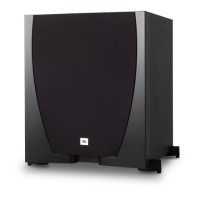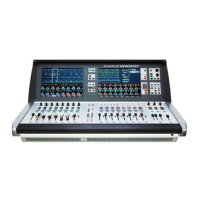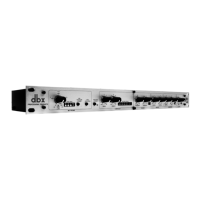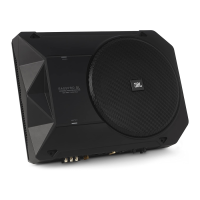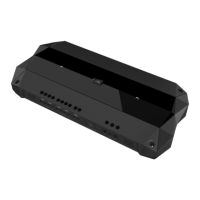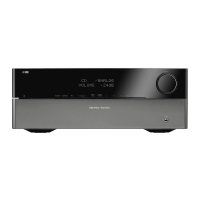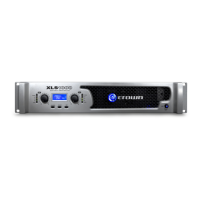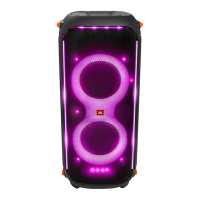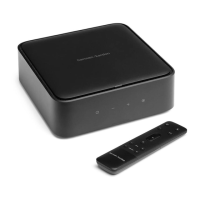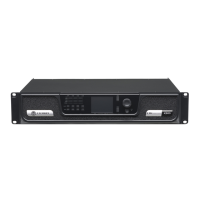Uses of M-S signals
M-S signals have been in use for a long time, though not always thought of as such by audio
engineers. For example, FM radio broadcasting transmits an M signal with a separate S signal
which is ignored in mono receivers. M-S audio can offer a number of advantages to sound
engineers.
Traditional coincident pair techniques with either a 90 degree pair of "figure of eight"
microphones or a 110 degree pair of cardioid microphones produce reliable results but can
make "aiming" difficult when used on booms and fishpoles.
Mono feeds are often convenient for monitoring purposes but must be specifically derived if
only L-R audio is in use. M-S audio means a mono signal is always available with no issues of
“compatibility”.
If not all systems are receiving in stereo, it is important the signal sounds good in mono. M-S
signals can easily be adjusted to increase mono compatibility (i.e. made "more mono") by
reducing the S signal to any required degree.
The two extremes are to have no S at all, which gives central mono. All S is out of phase
mono (of the difference signal) and is therefore completely incompatible with mono listening
as it will produce silence!
Signals in M-S form have the advantage that they can make some recording and
transmission faults sound less objectionable. If a L-R pair of channels have different gains or
phase shift, a disturbing image movement will occur to the left or right. Any mismatch in a
pair of M-S channels results in a change of image width which is subjectively less of a
problem. For example, if the S channel has a
narrower bandwidth, the stereo separation
will reduce as the S response rolls off but
the image remains central.
Aiming
Instant mono
Mono compatibility
M-S robustness
19
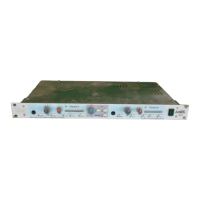
